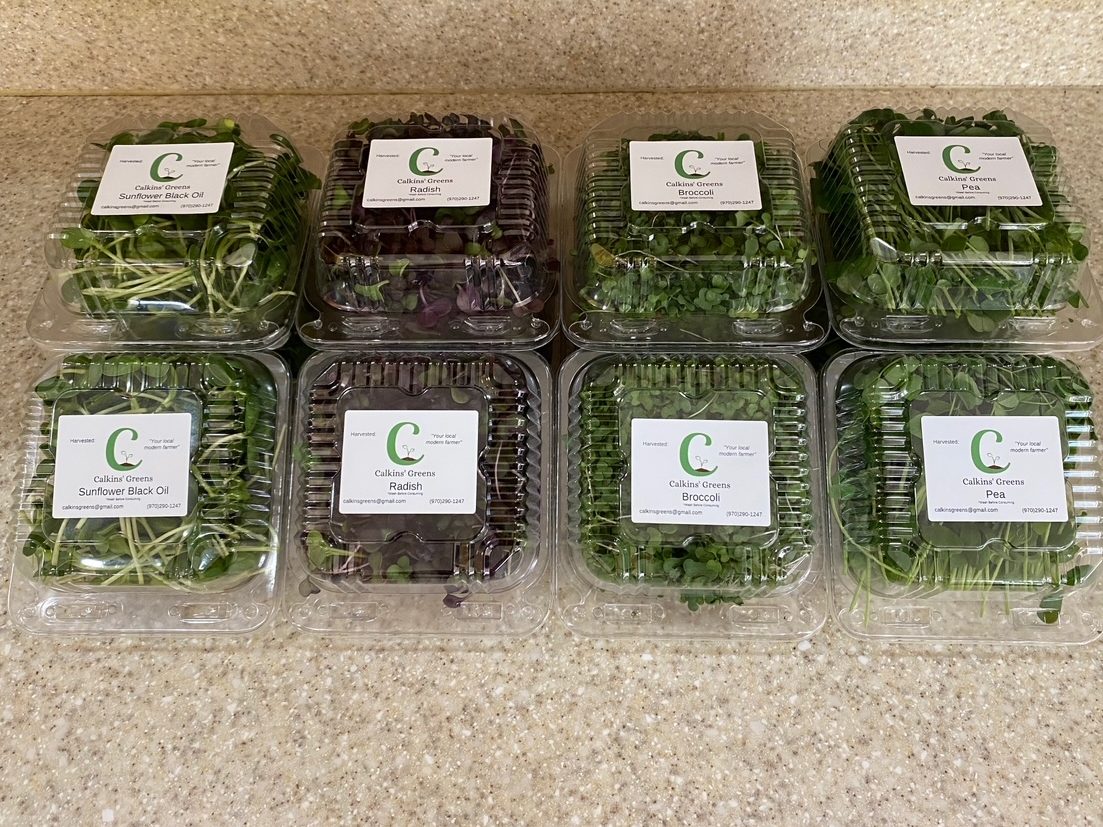
What are microgreens exactly? They are tiny, immature versions of vegetables, herbs and other plants harvested anywhere from a week to two weeks after germination that tend to be about one to two inches long with the stem and leaves still attached. Microgreens are typically only seen in fine dining restaurants, used as delicately placed garnishes or for a pop of unique flavor.
Department of Nutrition and Food Science (NFSC) participated in the study, which looked at nutrients like Vitamin C, E, K and beta carotene found in 25 different types of microgreens including cilantro, celery, red cabbage, green basil and arugula.
Their research ultimately discovered that the microgreens contained four to 40 times more nutrients than their mature counterparts.
“We were really surprised,” Wang said of the findings, which were published in the Journal of Agricultural and Food Chemistry. “Those nutrients are very important to us. Vitamin C is considered an antioxidant, as well as Vitamin E, so they’re very important for us to consume.”
We grow our plants hydroponically, but what exactly is hydroponics? According to the University of Massachusetts Amherst “hydroponics, in its most basic definition is a production method where the plants are grown in a nutrient solution rather than in soil,” (Bartok).
We grow our microgreens in a coco coir for our grow medium and add some nutrients to our water to help our plants reach that perfect health and flavor. But why is this important? Hydroponics utilizes space much more effectively creating a lot more growth and production without the need for lots of space. In addition, hydroponics uses a lot less water than conventional growing methods. Finally, there are no pesticides or preservatives in our plants because we make sure everything in our system is controlled and once our plants are harvested they are brought straight to market.